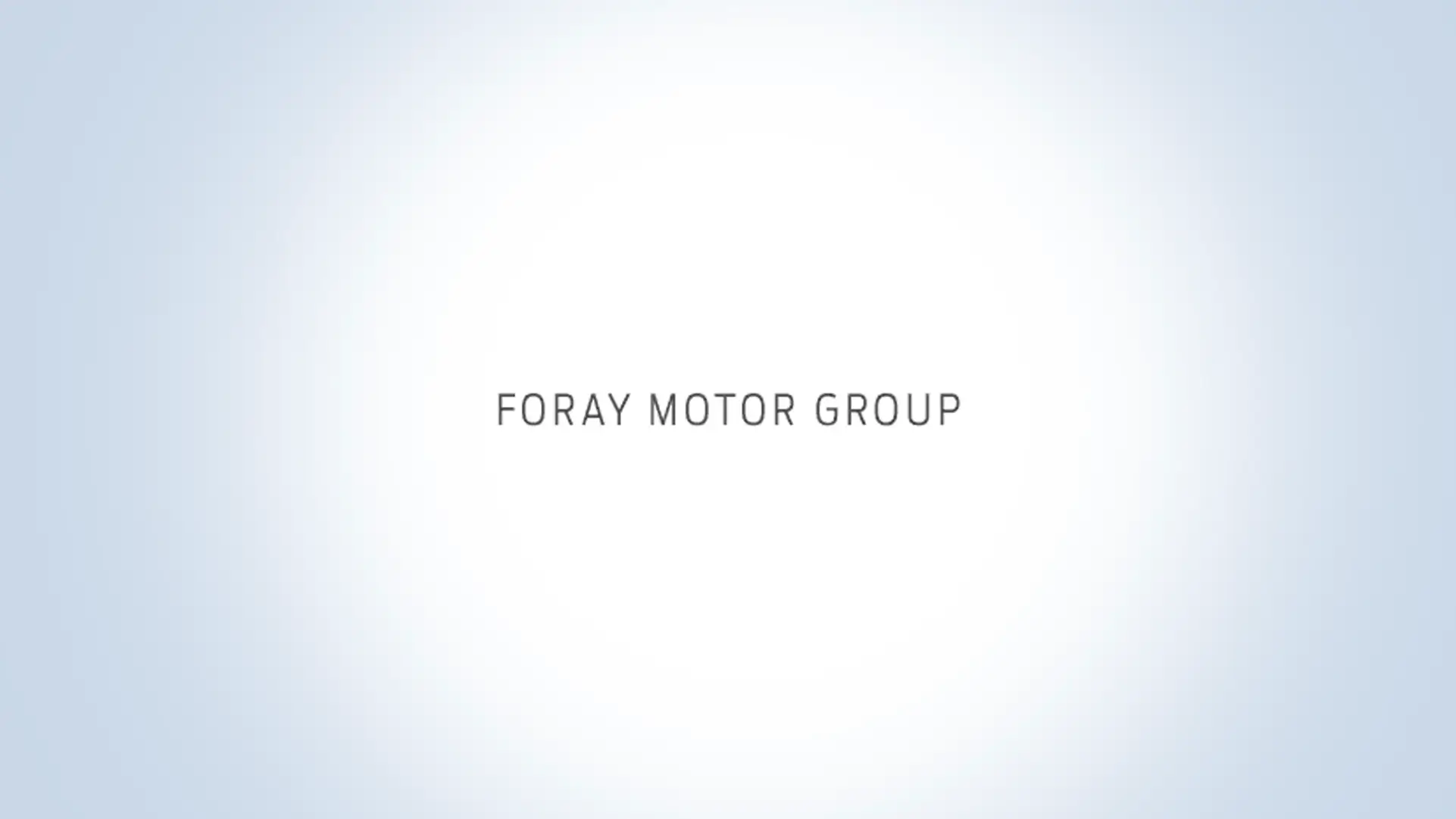


Test driving a car is a vital step when you are looking to buy a new or used vehicle.
It’s not just about seeing if you enjoy the driving experience - a test drive lets you assess the car’s performance, check its bodywork, listen for any unusual sounds, and explore its features first-hand.
In this article, Foray Motor Group will guide you through the entire test drive process - including the insurance you’ll need, how long to allow, who to bring along, and the key factors to look out for.
There’s plenty to consider before you test drive a car, and it’s important to do some research and be prepared even before you sit behind the wheel.
The minimum age to test drive a car is usually 18, although age requirements can vary between car dealers, so it’s always best to check in advance.
Most test drives are accompanied - either by someone from the dealership or, in the case of a private sale, by the owner. This is a great opportunity to discuss the car’s features while you’re behind the wheel. You can ask to take the car out alone, but it may be subject to additional checks or criteria.
Before you take a car out for a test drive, take some time to read reviews and make a note of any specifications, features, and potential issues. This will enable you to better understand the car's performance as you drive and the best questions to ask.
Yes, you will need insurance before test driving a car.
If you’re at a dealership, they will usually have insurance cover in place, but make sure you confirm this with them first.
If you’re test-driving a private sale car, check your own insurance to see if you’re covered. If you don’t have suitable insurance, you can ask your insurer for ‘fully comprehensive temporary insurance cover’. This will ensure you are protected in case of an accident or damage during the drive.
Always double-check with your insurer before heading out on a test drive.
Choosing the right route will help you get a feel for how the car performs in real-world conditions. Try to include bumpy rural roads, town centre traffic, dual carriageways, and, if possible, a motorway.

Make sure you include reverse and parallel parking, check your visibility and blind spots, and try out three-point turns and reversing.
A test drive usually lasts between 30 minutes and an hour. Some dealers can offer a 24-hour or a weekend test drive, so you can see how the car fits your daily routines and lifestyle.
It’s also worth considering what time of day you take the car out for a test drive. Quieter, off-peak times will give you a better opportunity to drive freely without battling traffic congestion. If possible, test the car in a variety of weather conditions, too, such as rain or wind, to get a fuller picture of its handling.
Remember that buying a car is a big investment, so don’t be rushed. Take as long as you need to drive, adjust seats and mirrors, and play with the in-car tech.
You’ll usually be joined by a salesperson or the car owner during your test drive. They can point out useful features and give you advice on how to get the best from the car. They may even give you a demonstration before you set off, helping you to get the most out of the experience.
Bringing a friend or family member on the test drive can be helpful. A second pair of eyes and ears can help spot issues and offer a passenger's perspective on comfort.
If you're buying a family car, check that there is enough room for the kids in the back seats and buggies in the boot. Likewise, remember to also check that there is room for the pooch or easy access for elderly passengers.
If you are a keen sportsperson, make sure you can fit bikes, golf clubs and kayaks in or on the vehicle. Taking measurements along with you can save a lot of hassle later!
When you first get into a car for a test drive, check how easy you can adjust the seats, mirrors and seatbelts. What is the visibility like?
Test the controls and features:
Once you’re happy with the interior, start the engine (make sure it’s cold before ignition) and listen for any unusual noises.
As you drive on different roads, pay attention to how the car accelerates, brakes, handles corners, and absorbs bumps.
If you think something feels or sounds amiss, ask why.

When you’re test-driving an electric car, a few additional considerations apply:
Test driving a used car is similar to test driving a new car, but you should take time to carry out some additional checks, including looking at the tyres, brakes and bodywork.
You can find out more in our guide: What to look for when buying a used car.
Once you're back from your test drive, talk over any concerns with the salesperson or private seller. You might want to ask an independent mechanic to look over the vehicle.
Don’t make a rushed decision. Sleep on it if you can!
For more advice on what to do after you’ve been on a test drive, take a look at our helpful guides:

At Foray Motor Group, we know how important it is to feel confident when choosing your next car - and nothing helps more than a proper test drive.
Whether you’re interested in a brand-new Ford or one of our quality-approved used cars, we offer flexible test-drive appointments so you can experience your chosen model first-hand.
Simply contact your nearest Foray dealership or book online, and our friendly team will be happy to arrange a test drive at a time that suits you. We’ll talk you through the features, answer any questions, and make sure you have all the time you need to get a real feel for the car.